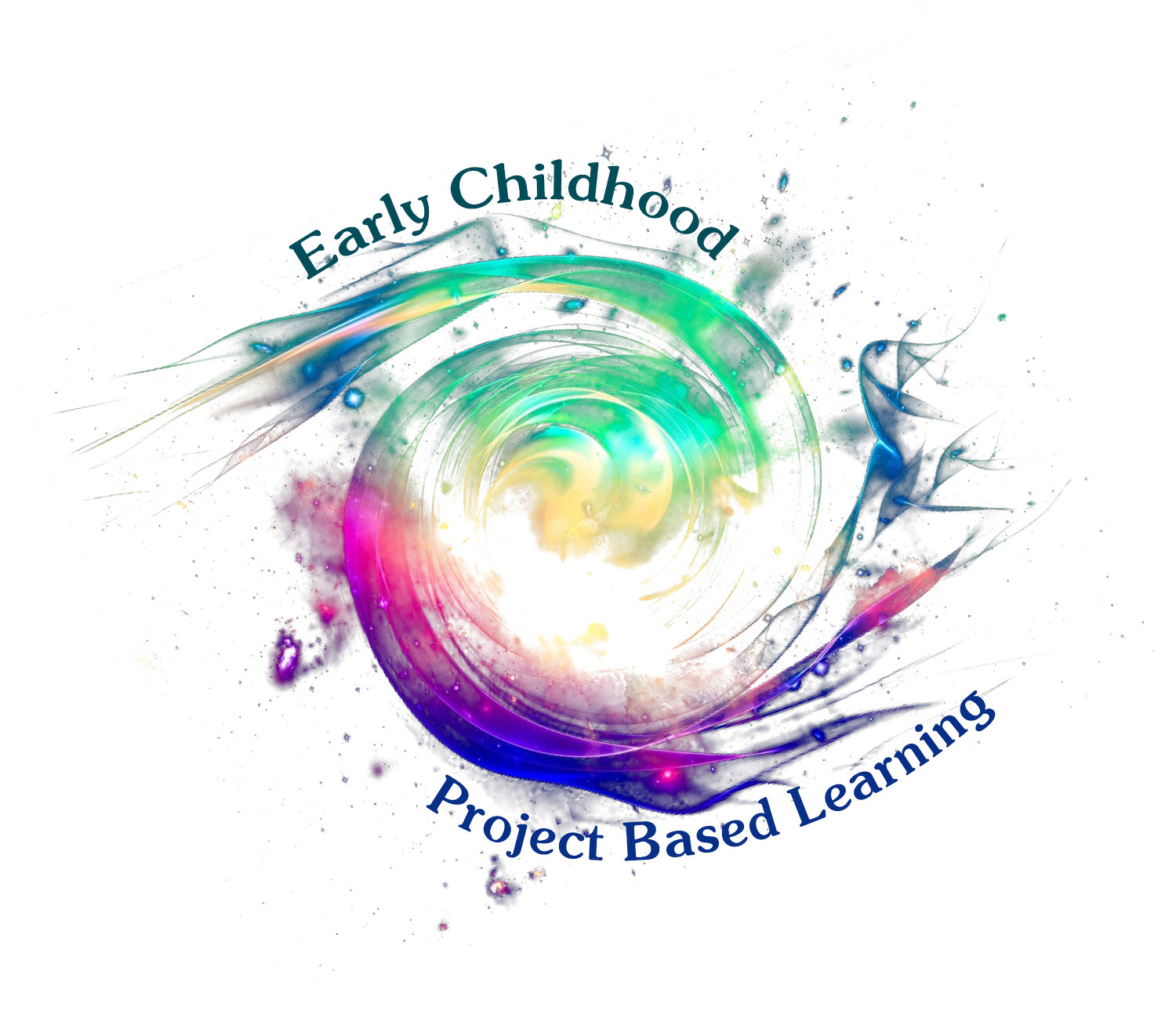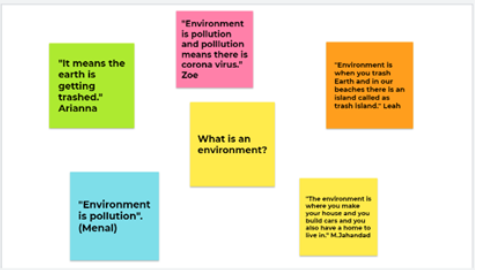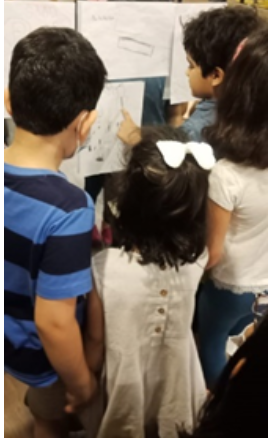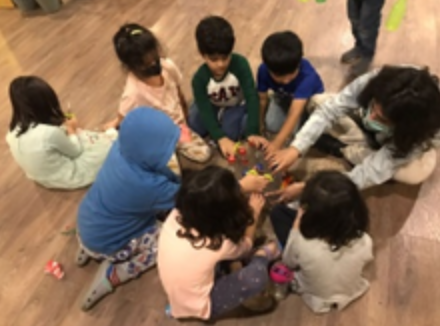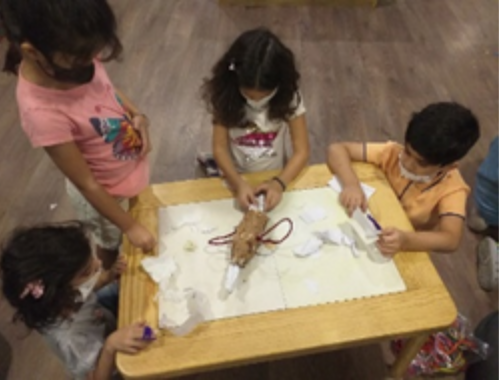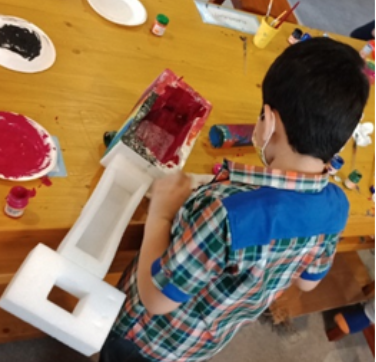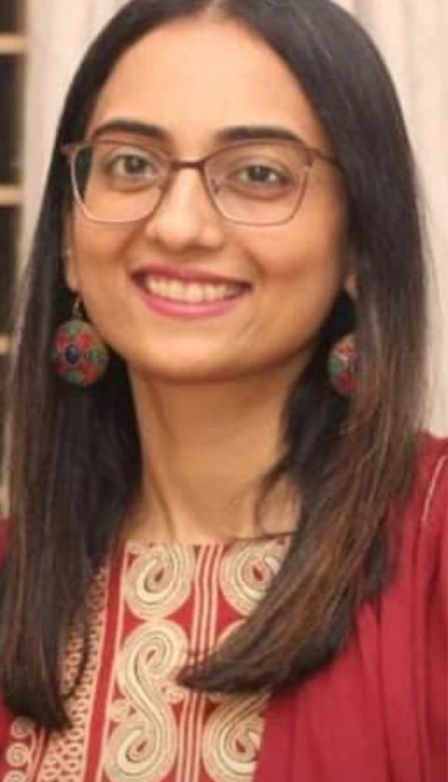Facilitating Student Voice and Choice in the Early Years
Before I delve into the PBL world, let me introduce myself. I work as an Early Years Lead Facilitator at Leo’s Workshop, the first Reggio-inspired micro school in Pakistan having a multi grade environment. Our focus here is to nurture children’s curiosity such that they take ownership of their learning journey and discover their passion and purpose in collaborative spaces. This is my second year as a PBL Practitioner and the more I experience it, the more motivated I am to learn about it.
I have always believed that giving voice and choice to children develops a sense of ownership, enhances engagement, builds self-confidence and of course brings authenticity to the project. Listening to children’s suggestions and opinions helps them feel valuable and improves their critical thinking skills as well. However, it is also extremely important to know how to facilitate voice and choice at every step of the project. There are times when a child suggests something that is not relevant to the topic or project. Catering different suggestions and connecting them to the project/unit in a way that holds children’s interest is something that I have learned with time. This is worth mentioning, because I found that as I honored children's voice and choice in this project, the project became more student-led. Children felt the responsibility to reduce trash from school, home and neighborhood, becoming changemakers.
Inquirers (4-5 years)
Big Question: How can we use recycled Art and Music to spread awareness about our environment?
My kids love to talk about animals. Sometimes I feel they are the biggest animal lovers on Earth. Interestingly, our information gathering sessions that usually take place before initiating any project are always dominated by discussion on animals, their habitats, their movement, and their special features. Tapping into their interest, I thought of connecting animals with the environment as it was one of the learning goals in Social Studies.
Need to Knows
While generating Need to Know questions, one of my students wanted to know “how seasons pass?” which at first seemed to have no direct connection to the driving question. I thought about it and came up with ways to make a connection. Investigating seasons will help kids learn about Earth’s rotation and revolution and why seasons are important. What role do they play in our environment? What would happen if there is more summer throughout the year? How would it affect our environment? And eventually this discussion would lead us to the concepts of global warming and pollution. Since voice and choice is an integral part of PBL, I made a conscious effort to inculcate it in my projects.
Next, when it came to deciding our project’s final products, lots of Ideas poured in including; a doll house, a car, a robot, etc. At that moment, I thought of having discussions and finding meaningful ways to use trash. We discussed how the environment affects humans and animals and how some animals are becoming endangered. This discussion eventually led to the making of endangered animal sculptures out of trash to be presented in our final show.
Discussion
We initiated our discussion with a quite simple question, “What is an environment?” Their responses were thoughtful - a glimpse of which is shown in the picture below. Looking at their responses, I could see that my kids were well aware of the environmental problems.
Digging deeper, the next question I posed was, ‘What problems do you see in your environment?’ Again their responses showed their observation and level of concern for their environment. Most of them considered smoke and trash as the source of all our environmental problems we are facing today.
Since they were exposed to trash in the beginning where we filled the whole class with trash as an entry event, they could choose different materials to make their animal sculptures and musical instruments. The process began with choosing and sketching endangered animals.
Peer Critique
I use a lot of peer critique in my projects. Because I find them honest and funny. Here are the prompts I like…. and I think… Looking at her fellow’s sketch of a Pallas cat, a student of mine critiqued, “I like its eyes but it is so fat, and there are so many legs. You could have made it a little thinner and there were supposed to be four legs. Also, you could have colored the inside of your ears.”
How can we make less trash?
One of the questions that stood out in our Need to Know list was “How can we make less trash?” The students could see lots of waste papers all around so we decided to reuse them and make our Indus Dolphins (a species native to Pakistan) using paper Mache technique. The most challenging part for them was to make its snout and tail. We let them figure it out themselves. They experimented with pipe cleaners, cardboard, and thermocol (foam sheets), but finally used paper to give the dolphin its snout and tail.
In addition to reusing papers, students also identified plastic bottles as something that adds to the trash. Students who chose Brown Bear reused plastic bottles to give it a form and structure with the help of our Art facilitator. I have noticed that to have meaningful collaboration, it’s very important that everyone knows their task. So, the Art facilitator assigned each student a bottle to hold in a certain position. This worked really well and students got highly engaged throughout the process. Also, it was interesting to note how challenging it was for them to transition from 2D sketches to 3D sculptures.
To address the second half of our driving question, we thought of creating musical instruments by spotting different materials that can be reused. With the help of the Music Facilitator, students picked Styrofoam, tissue rolls and loose parts to create guitars, shakers and tambourines.
In the end, our kids successfully exhibited their recycled musical instruments, endangered animal sculptures placed in their habitat, and performed an environmental song in front of their parents. Parents were so proud to see their kids spreading awareness about taking care of the environment and so were the teachers.
Sumaiya Zohaib is an MPhil in Education Leadership and Management and currently works as an Early Years Facilitator at Leo’s Workshop. She is also a founder of Jugnu, an organization that works to build student agency, creative and critical thinking through the arts, specifically in underserved communities. She also enjoys playing the violin and baking mini desserts.
